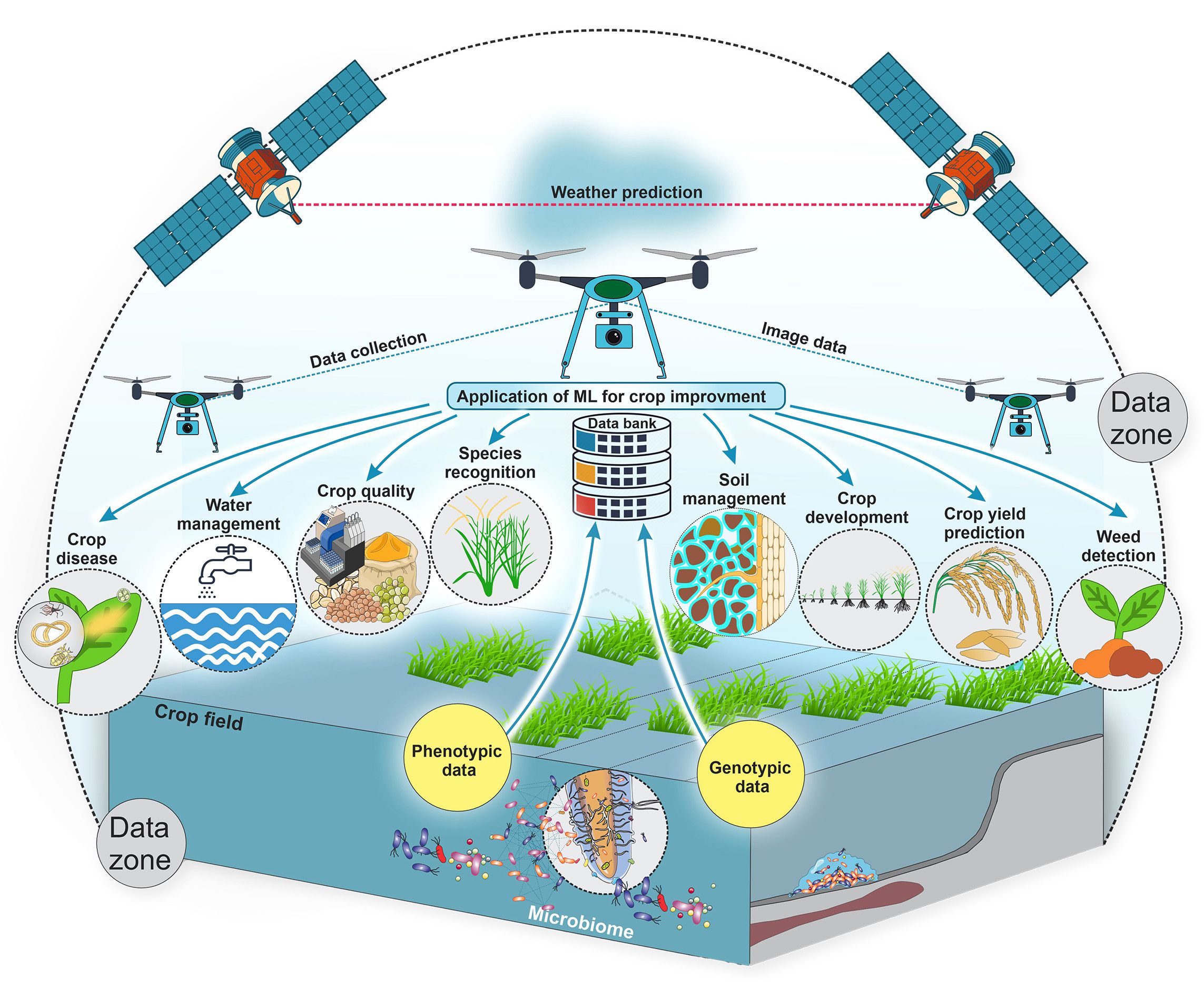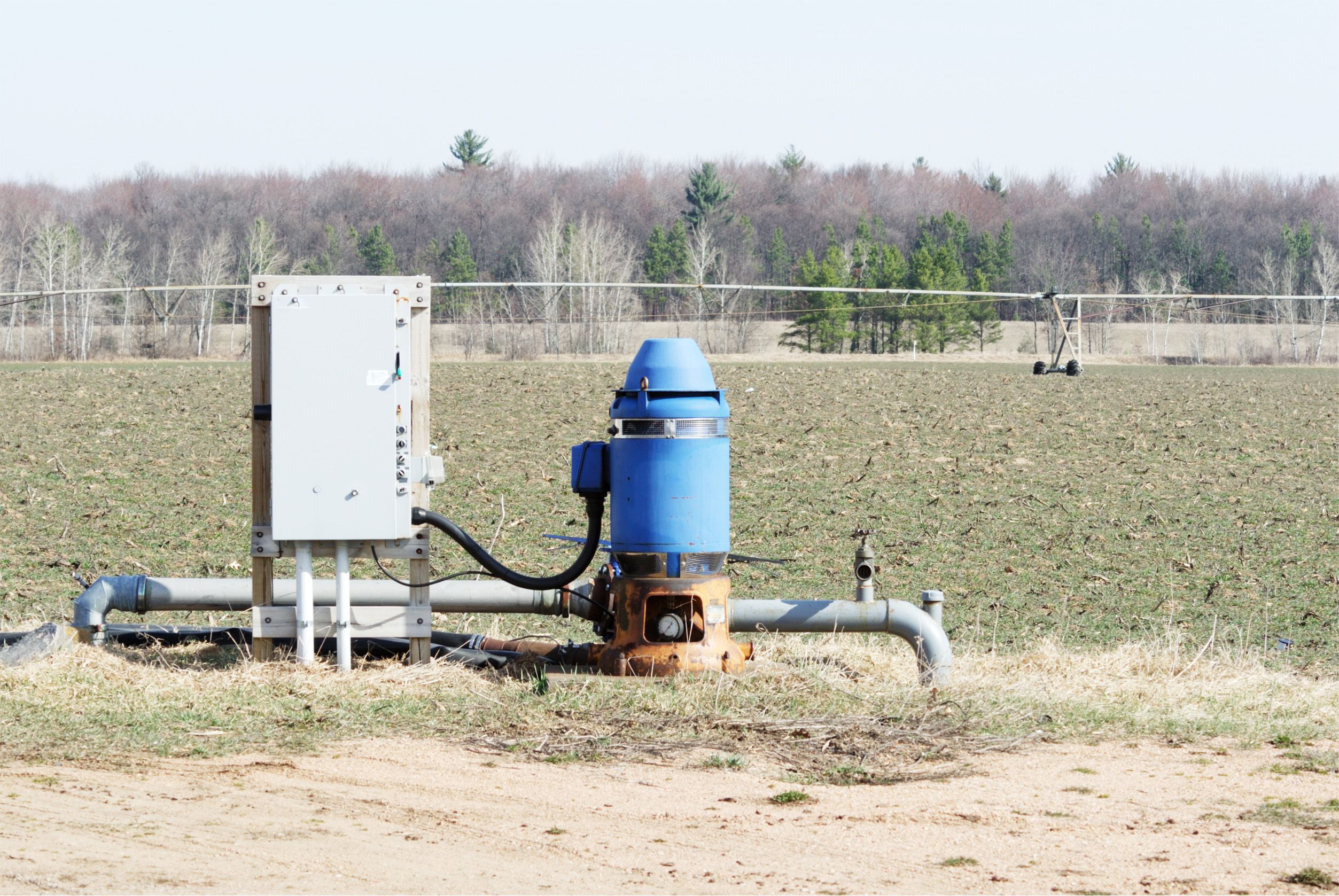
Introduction
Agriculture faces increasing challenges due to climate change, water scarcity, and rising operational costs. To address these issues, Artificial Intelligence (AI) is transforming irrigation systems by optimizing water distribution, reducing waste, and enhancing crop yields. This white paper explores how AI is integrated into agricultural irrigation systems, its benefits, and emerging trends.
The Importance of AI in Irrigation
Challenges in Traditional Irrigation Systems
- Water Waste: Over-irrigation leads to water wastage and soil degradation.
- Inefficiency: Manual or timer-based systems do not adapt to real-time conditions.
- High Energy Costs: Inefficient pump operation leads to excessive energy consumption.
- Crop Stress: Under-irrigation can damage crops and reduce yields.
AI as a Solution
AI leverages data from various sources—such as weather forecasts, soil moisture sensors, and satellite imagery—to make intelligent irrigation decisions. By continuously analyzing data, AI-driven irrigation systems ensure precise water distribution and efficient resource management.
AI Technologies in Irrigation
Machine Learning for Predictive Irrigation
Machine learning models analyze historical and real-time data to predict the optimal watering schedule for crops.
Key Benefits:
- Reduces water usage by up to 40%.
- Prevents overwatering and soil erosion.
- Adjusts irrigation based on changing weather conditions.
IoT-Enabled Smart Irrigation Systems
IoT (Internet of Things) devices, such as soil moisture sensors and climate monitors, feed real-time data to AI models to automate irrigation.
How It Works:
- Sensors collect data on soil moisture, temperature, and humidity.
- AI analyzes data to determine the precise amount of water needed.
- Smart controllers adjust water flow automatically.
AI-Powered Remote Sensing & Satellite Data
Drones and satellite imagery provide AI with visual and spectral data to assess crop health and soil moisture.
Applications:
- Detects dry zones and optimizes irrigation.
- Predicts drought stress before visible symptoms appear.
- Enhances large-scale farm monitoring.
AI-Based Energy Optimization for Pump Control
By integrating with Variable Frequency Drives (VFDs), AI ensures pumps operate at optimal efficiency, reducing energy costs.
Advantages:
- Minimizes peak energy demand.
- Extends pump lifespan.
- Reduces electricity consumption by 20-30%.
Key Applications of AI & Machine Learning
This image highlights the key applications of artificial intelligence and machine learning in crop development and enhancement, including disease detection, quality assessment, species recognition, growth monitoring, yield prediction, microbiome optimization, and efficient water and soil management. Despite advancements, farmers and researchers still face challenges when relying on traditional agricultural methods. AI and machine learning are widely utilized to overcome these limitations. Additionally, the figure illustrates various data types and collection points within crop fields that are used to train machine-learning models for improving and optimizing crop production.

The Continued Role of Standard Electrical Controls
While AI is advancing irrigation automation, standard electrical controls remain essential for ensuring system reliability and integration. These include motor starters, programmable logic controllers (PLCs), and SCADA systems.
Integration with AI Systems
- Standard electrical controls serve as the backbone of AI-driven irrigation.
- PLCs and SCADA systems enable real-time data collection, which AI uses for decision-making.
- Ensures AI models receive accurate sensor data for optimal performance.
Fail-Safe Operations
- Electrical controls provide redundancy in case of AI system failures.
- Manual overrides ensure irrigation continuity during connectivity issues.
- Essential for farms in remote locations with intermittent internet access.
Cost-Effective Control for Smaller Farms
- Not all farms can fully transition to AI-driven systems.
- Basic electrical controls, such as relay-based controllers and electromechanical timers, remain viable options for small-scale operations.
- Allows phased adoption of AI without full dependency on advanced technologies.

Case Studies and Real-World Applications
AI-Driven Water Conservation in California
A vineyard in California implemented an AI-based irrigation system that reduced water usage by 35% while maintaining crop quality.
Smart Irrigation for Greenhouses in the Netherlands
AI-controlled irrigation in greenhouse farming optimized water distribution based on real-time humidity and plant transpiration data, improving crop yield by 20%.
Large-Scale AI Irrigation in Australia
A large farm in Australia used satellite AI analysis to pinpoint areas of water stress, reducing overall irrigation by 25% while increasing crop uniformity.
Future Trends in AI Irrigation
AI and Climate Change Adaptation
AI models will improve resilience by predicting droughts and optimizing water use in extreme weather conditions.
Blockchain for Water Management
Combining AI with blockchain will enable transparent water usage tracking and resource allocation.
AI-Integrated Solar-Powered Irrigation
AI-powered solar irrigation systems will further reduce energy dependency, making irrigation more sustainable.
Conclusion
AI is revolutionizing agricultural irrigation by optimizing water use, enhancing efficiency, and improving crop yields. However, standard electrical controls remain integral to the system’s reliability, safety, and cost-effective operations. The future of irrigation will involve a hybrid approach, where AI enhances decision-making while electrical controls ensure robust, fail-safe functionality.
References
- U.S. Department of Agriculture (USDA) - AI in Precision Agriculture: https://www.usda.gov/
- FAO — Smart Irrigation Systems and AI: https://www.fao.org/
- IEEE Xplore - AI and IoT in Agriculture: https://ieeexplore.ieee.org/
- National Renewable Energy Laboratory (NREL) - AI in Energy Management: https://www.nrel.gov/
----------------------------------------
Disclaimer:
The content provided is intended solely for general information purposes and is provided with the understanding that the authors and publishers are not herein engaged in rendering engineering or other professional advice or services. The practice of engineering is driven by site-specific circumstances unique to each project. Consequently, any use of this information should be done only in consultation with a qualified and licensed professional who can take into account all relevant factors and desired outcomes. The information was posted with reasonable care and attention. However, it is possible that some information is incomplete, incorrect, or inapplicable to particular circumstances or conditions. We do not accept liability for direct or indirect losses resulting from using, relying or acting upon information in this article.
ISO 9001:2015
Certified
17+ Million Product
Configurations
Lifetime
Warranty
Guaranteed
Same-Day Shipping
Advantage Pricing
Save Up To 40%
c3controls Headquarters, USA
664 State Avenue
Beaver, PA 15009
